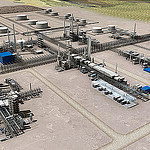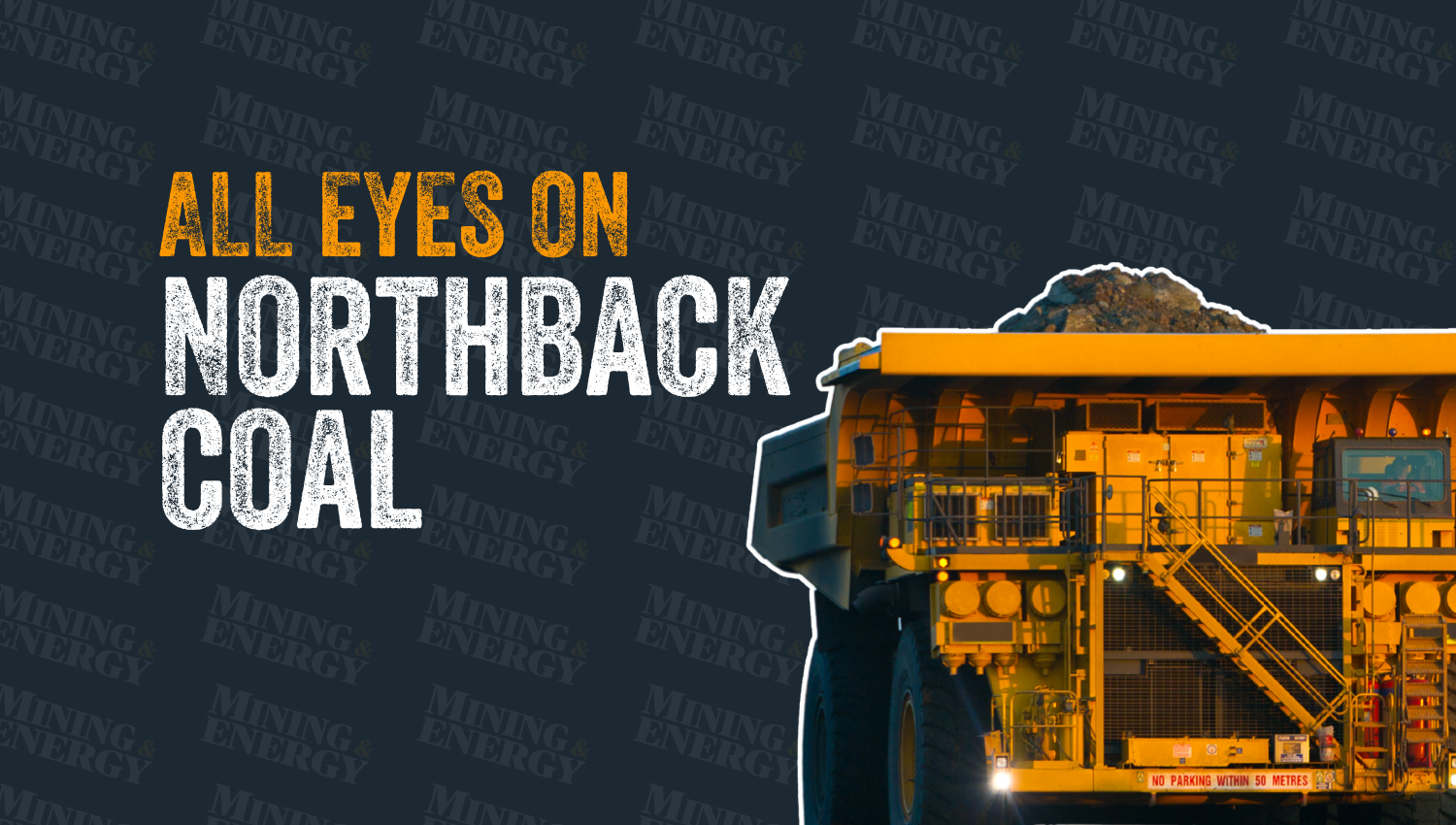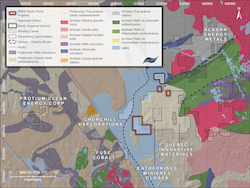This new refinery will turn Alberta oil sands into diesel fuel

A computer generated rendering of what the Redwater project will look like upon completion. — Photo courtesy Brookline Public Relations The North Wes
A computer generated rendering of what the Redwater project will look like upon completion. — Photo courtesy Brookline Public Relations
The North West Redwater project 45 kilometres northeast of Edmonton is breaking new ground this spring in more ways than one.
The project aims to build and operate a world-class bitumen refinery, the first to be built in Canada since 1982 and the largest in North America since 1977. The project is a joint venture between North West Upgrading Inc. and Canadian Natural Resources Limited, with each company owning a 50 per cent stake in the partnership.
“We’re really the first people that have had a chance to do this in the way that we’re doing it,” said Ian MacGregor, chair of North West Upgrading. “There’s no magic in what we’re doing, we’re using proven industrial scale processes. It’s just a unique way of doing it.”
Currently excavation is taking place at the site, with above-ground construction set to begin this spring despite a few unexpected slowdowns in the financing process. Still, MacGregor said both the financing and the project itself are on target, with the refinery slated to be completed in the first quarter of 2016.
“It’s an enormous financing undertaking, and the banking documents are six feet thick,” said MacGregor. “But that’s just how long it takes and we knew that going in. As far as we’re concerned we’re on schedule.”
The refinery is being designed right from the start to reduce its environmental impact, with a carbon capturing and storage solution at the top of its environmental priorities.
“Refineries emit enormous quantities of CO2,” said MacGregor, “and we’re the first refinery in the world that’s capturing that CO2 with the aim of selling it back to the enhanced oil recovery industry in Alberta.
“When designing it we knew that this would be a refinery that would last 50 years, so every element of the design was scrutinized through that environmental lens.”
In Alberta the enhanced oil recovery potential that exists through old reservoirs is set to bring about a whole new industry, all thanks to the repurposed CO2 emissions that will help at pulling that fresh supply of oil out of the ground. And while the so-called bitumen bubble has wreaked havoc on Alberta’s royalties and has affected many in the oil industry in a negative way, in this case, said MacGregor, it only enhances the product this refinery will produce: diesel.
“We did our financial forecasts with bitumen priced much higher and we can still make good money at the old prices. So for us, we’re on the other side of that bubble," said MacGregor. "Now we have a cheaper feedstock that isn’t worth nearly as much as when we started, and the diesel fuel we’ll be producing is actually worth a lot more.”
“Bitumen prices are low because there’s a lot of bitumen here. Maybe a third of the world’s future oil is in northeastern Alberta, and we can’t ship it anywhere. So we have to convert it into things that we can ship. And diesel is one of those things. We can ship diesel today.”
More than 2000 tankers full of diesel left Canada’s west coast last year, and rapidly-growing Asian and South American economies run on diesel and are seeking new sources, MacGregor said NWR is well situated to be at the forefront of that demand, even if the Keystone Pipeline were approved and began funnelling NWR’s bitumen into the U.S.
“I think there is more bitumen today than Keystone can take away,” said MacGregor. “I’m not in the business of forecasting prices, but what I think is there’s lots of bitumen and there isn’t enough take away capacity. I’ve seen production forecasts that say we’re going to get to five million barrels a day of bitumen by 2030—that would need seven Keystone pipelines by 2030. So, we’re not going to have the takeaway capacity and we better decide to do something with it. And the thing we can do with it is make diesel fuel.”
“What’s happening today is people are sending bitumen or refining on the Gulf Coast and then they're exporting diesel fuel. The U.S. market is full. They export now. So when we send our bitumen down there, they’re going to refine it and export it. So why can’t we do that?”
MacGregor admits that before NWR can start shipping that diesel they will have to overcome a lot of hurdles.
“We have people who have been working in this industry for their whole careers, and they’re experts at it. So there’s lots of challenges, but we’re up for the job and we like those challenges.”




